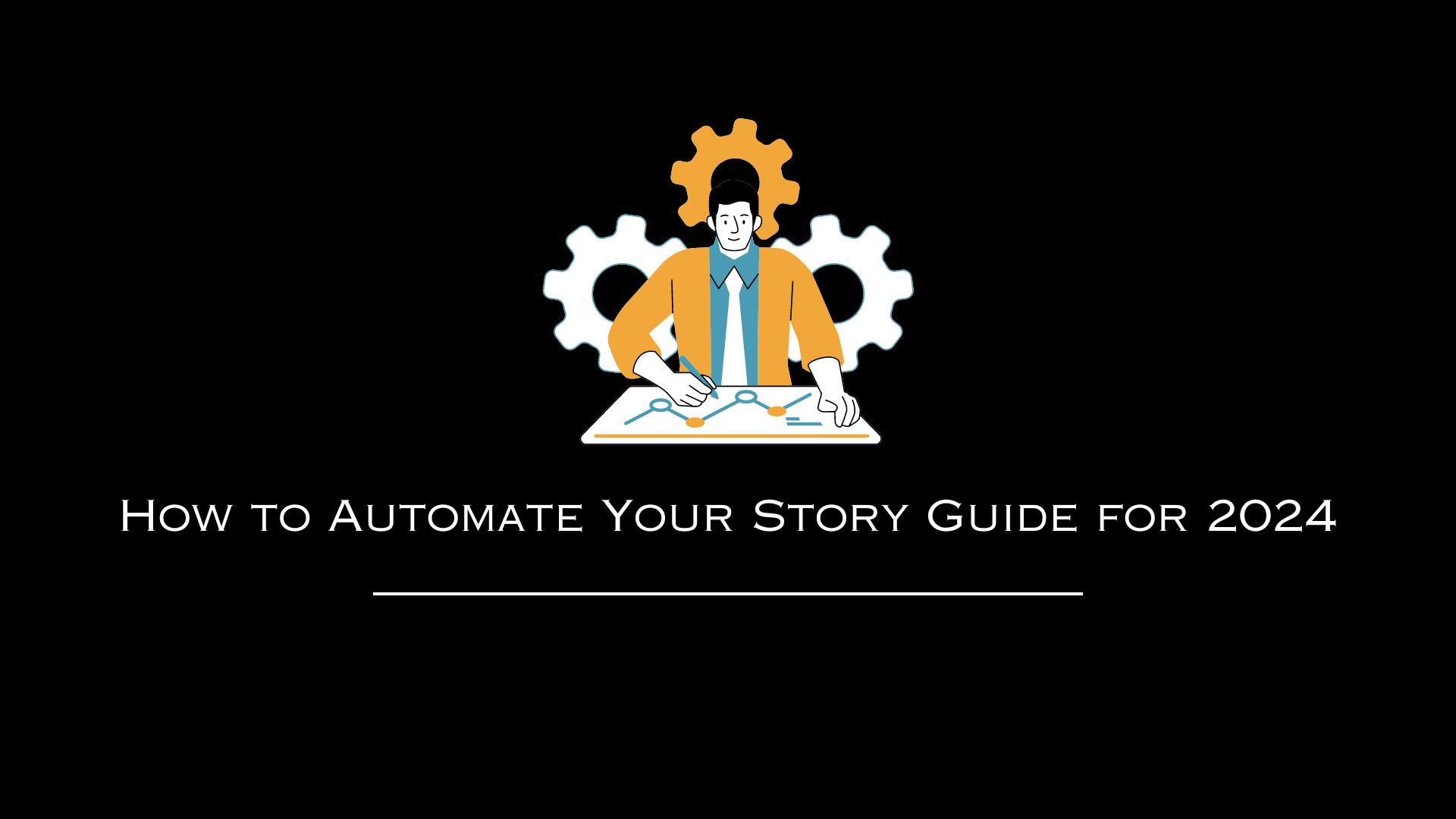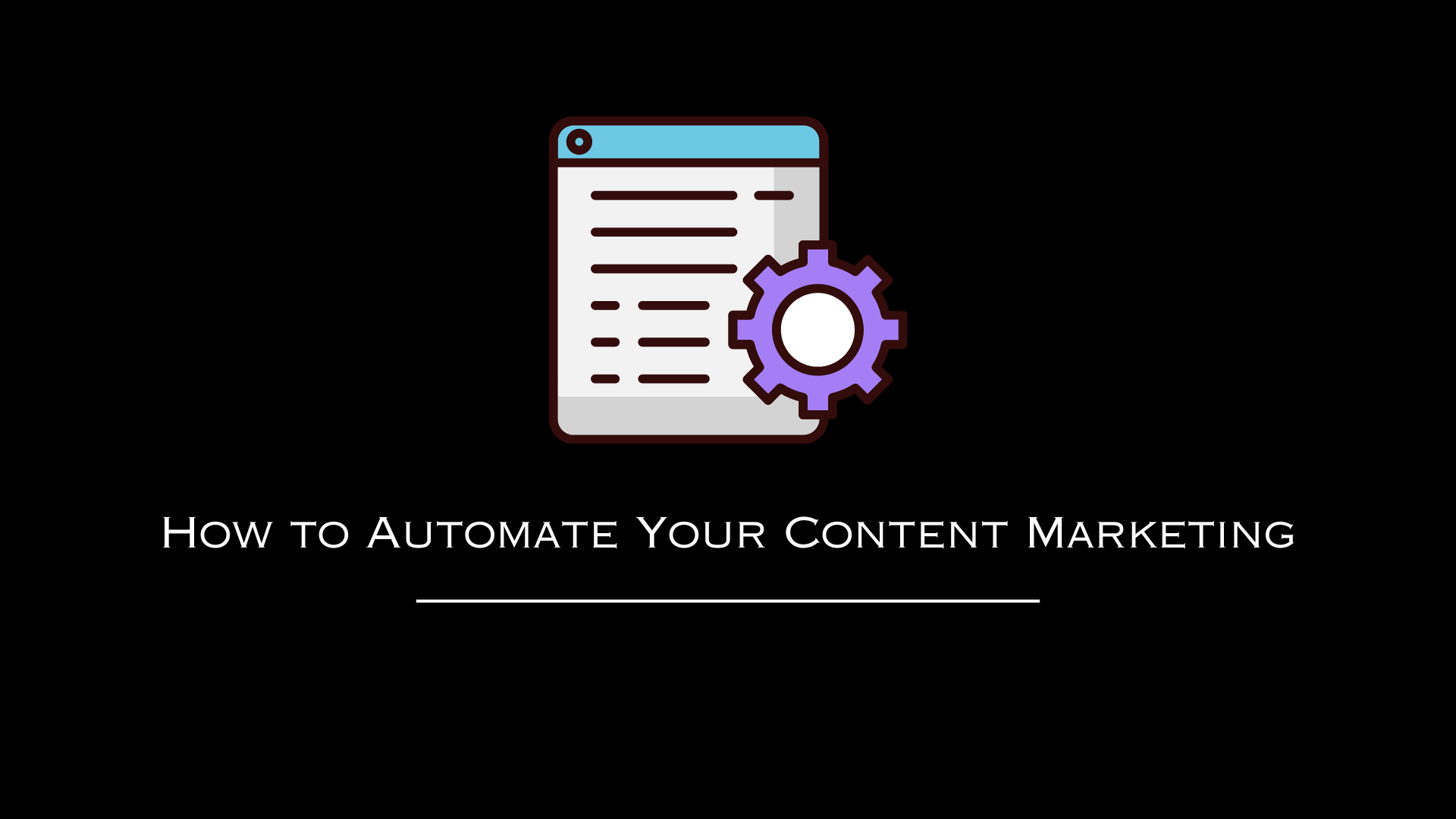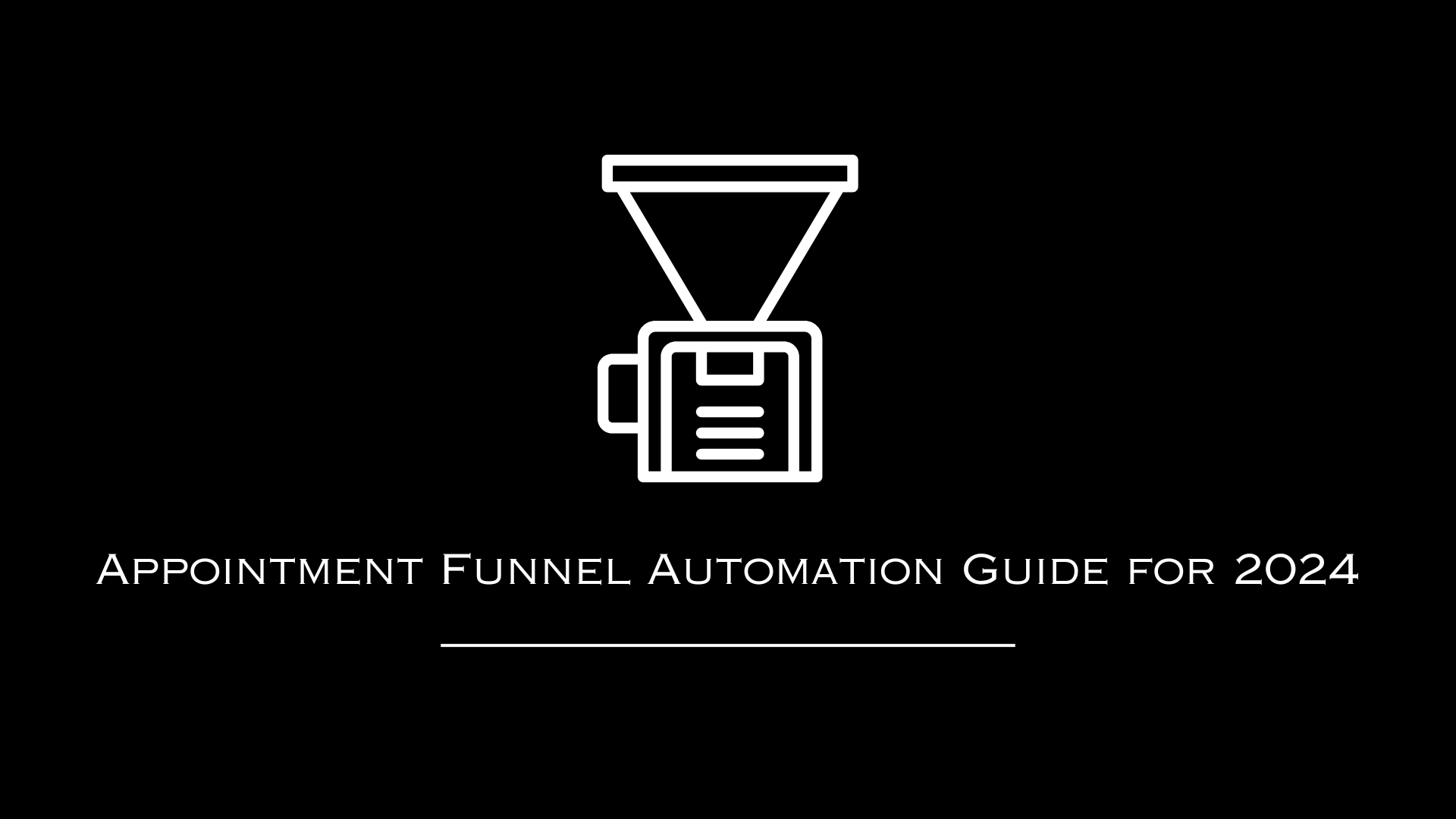AutomationLinks
This blog post has been researched, edited, and approved by expert Hannah Peake. Join our newsletter below to get our free marketing guides.
four simple tips for effectively implementing and leveraging the Pillar Strategy in your content marketing:
- Focus on Quality Over Quantity: When it comes to pillar content, aim for depth and comprehensiveness. It's better to have fewer, well-researched and detailed pieces than many superficial ones. Quality content will engage your audience more effectively and establish your authority on the topic.
- Understand Your Audience: Tailor your content to the needs, interests, and questions of your target audience. Use analytics and feedback to gain insights into what your audience values and how they interact with your content. This understanding will guide you in creating relevant and engaging pillar and cluster content.
- Promote Interlinking: Make sure your pillar and cluster content are well-linked. This not only improves the user experience by providing easy access to related information but also boosts your SEO efforts by showing search engines the structured depth of your content.
- Regularly Update Your Content: The digital world is constantly evolving, so it's essential to keep your content current. Regular updates to your pillar content will maintain its relevance, ensuring it continues to be a valuable resource for your audience and maintains its SEO strength.
Table of contents
- Introduction
- The Pillar Strategy Explained
- Implementing the Pillar Strategy
- Case Studies and Success Stories
- Challenges and Solutions
- Tools and Resources
- Conclusion
- FAQs
The Power of Content
In today's fast-paced digital world, did you know that over 4.4 million blog posts are published every day? This staggering number underlines the immense volume of content vying for attention. But how much of this content truly engages and retains audience interest?
Introducing the Pillar Strategy
Amidst this ocean of digital content, standing out requires not just creativity, but a robust strategy. This is where the Pillar Strategy comes into play. An innovative approach to content creation and marketing, the Pillar Strategy is designed to elevate your content from the ordinary to the extraordinary. It's not just about creating more content; it's about creating smarter, more connected content that resonates with your audience and amplifies your reach. At its core, the Pillar Strategy is about building a strong foundation of main topics, to create a comprehensive, authoritative presence in your niche.
Connect With Us On X
Connect with AutomationLinks owner Brad Smith on X (formerly Twitter) here to learn more about advertising. Feel free to message him with any questions about X advertising and marketing.
What is the Pillar Strategy?
In the realm of content marketing, the Pillar Strategy stands out as a focused and structured approach to creating and organizing content. At its simplest, it involves developing a comprehensive framework that centers around a central theme or 'pillar', which is then supported by related subtopics, known as 'cluster content'. This approach ensures that all your content pieces are interconnected, providing depth and breadth to your subject matter.
Key Components of the Pillar Strategy
- Pillar Content: This is the core topic or theme around which your content strategy revolves. It's usually a broad topic that can be broken down into several subtopics. For example, if your pillar content is about 'Healthy Eating', subtopics could include 'Diet Plans', 'Nutritional Supplements', and 'Healthy Recipes'.
- Cluster Content: These are pieces of content that directly relate to and support the pillar content. Each piece of cluster content focuses on a specific aspect of the pillar topic, linking back to it and strengthening the overall understanding of the subject.
- Content Links: A key feature of the Pillar Strategy is the use of hyperlinks between the pillar content and the cluster content. This not only enhances user experience by providing easy access to related information but also significantly boosts SEO.
Benefits of Implementing the Pillar Strategy
- Improved SEO: By interlinking related content, you help search engines understand the structure and relevance of your content, which can lead to higher rankings.
- Enhanced Audience Engagement: The Pillar Strategy provides a more comprehensive and satisfying user experience, as readers can easily navigate related topics and gain a deeper understanding of the subject matter.
- Authority Building: By thoroughly covering a topic, you position yourself as an authority in that niche, which can increase trust and credibility among your audience.
Through these components, the Pillar Strategy not only enriches your content's value but also aligns it with the best practices of SEO, ultimately enhancing visibility and engagement.
Strategic Planning for Pillar Content
In implementing the Pillar Strategy, begin by identifying a broad yet impactful core topic that aligns with your brand and audience interest, supported by thorough research and mapping out relevant subtopics. Focus on creating high-quality, comprehensive pillar content and detailed cluster content, maintaining a consistent style and tone throughout.
Integrate this content across your marketing channels, including social media and email, to enhance audience engagement and ensure your content remains interconnected and dynamic. Regular updates and audience interactions will help keep your content relevant, fostering a loyal and engaged community around your brand's expertise.
Creating Compelling Pillar and Cluster Content
- Quality and Depth: Ensure that your pillar content is comprehensive, informative, and addresses the broader aspects of the topic. It should be the go-to resource for anyone interested in that subject.
- Focused Cluster Content: Each piece of cluster content should address a specific question or subtopic related to your pillar. Make it detailed, engaging, and helpful.
- Consistency in Style and Tone: Maintain a consistent style and tone across all your content to build a cohesive brand voice.
Integrating Pillar Content in Your Overall Strategy
- Linking Across Platforms: Promote your pillar and cluster content across various channels like social media, email newsletters, and other digital platforms. This not only drives traffic but also creates a cohesive content experience.
- Engaging and Nurturing Audiences: Use your pillar content as a tool for audience engagement. Encourage discussions, feedback, and sharing. This can turn one-time readers into loyal followers.
- Continuous Updating: Keep your pillar content updated with the latest information, trends, and data. This ensures that your content remains relevant and valuable over time.
Implementing the Pillar Strategy requires thoughtful planning, high-quality content creation, and strategic integration into your overall marketing efforts. By doing so, you set the stage for a dynamic, interconnected content ecosystem that not only attracts but also retains and nurtures your audience.
Success Stories
Exploring real-world applications of the Pillar Strategy provides invaluable insights into its effectiveness. Let’s delve into a couple of success stories:
- Brand A's Transformation: Brand A, a health and wellness company, restructured their content strategy around the Pillar Strategy, focusing on a central theme of 'Holistic Health'. They developed comprehensive pillar content covering a wide range of topics from nutrition to mental wellness, supported by a myriad of cluster content like specific diet plans, meditation techniques, and fitness routines. This approach not only skyrocketed their website traffic by 200% within six months but also significantly increased their subscriber base due to the depth and variety of their content.
- Individual Expert B's Journey: Expert B, a financial advisor, used the Pillar Strategy to establish himself as a thought leader in personal finance. His pillar content, 'Smart Money Management', was supported by cluster content on budgeting, investment strategies, and retirement planning. By consistently linking these topics and updating them with current financial trends and data, he saw a 150% increase in social media engagement and a 100% growth in consultancy inquiries.
Analyzing Success Factors
What contributed to these successes? In both cases, the key was the comprehensive coverage of a broad theme through interconnected, high-quality content. This not only improved their
SEO, leading to higher search engine rankings but also established their authority in their respective fields. The consistent style and regular updates kept the content fresh and relevant, enhancing audience engagement and trust. Furthermore, their strategic promotion across various digital channels helped in reaching a wider audience, turning passive readers into active community members and clients.
Challenges and Solutions
Implementing the Pillar Strategy can be a game-changer for content marketing, but it's not without its challenges. Let's explore some common obstacles and practical solutions:
Challenge: Overwhelming Content Creation
- Solution: Efficient Planning and Delegation
- Creating a vast amount of high-quality content can be daunting. To manage this, plan your content calendar well in advance. Break down the content creation process into manageable tasks and, if possible, delegate. Utilize content management tools and consider hiring freelance writers or content creators to share the workload.
Challenge: Maintaining Consistency and Quality
- Solution: Establishing Clear Guidelines and Regular Reviews
- Ensuring consistent tone, style, and quality across all content pieces is crucial. Develop a set of content guidelines that detail your brand’s voice, tone, and style. Regularly review your content to ensure it aligns with these guidelines and adjust as necessary.
Challenge: Identifying Relevant Topics and Keywords
- Solution: Ongoing Research and SEO Tools
- Staying relevant and SEO-friendly requires continuous research. Use SEO tools to identify trending topics and keywords related to your pillar content. Keep abreast of industry news and developments to ensure your content is timely and resonant with your audience.
Challenge: Linking Pillar and Cluster Content Effectively
- Solution: Strategic Internal Linking and Content Audits
- Effectively linking pillar and cluster content can be tricky. Plan your internal linking strategy to ensure that all content pieces are interconnected in a way that enhances the user experience and SEO. Regularly conduct content audits to identify opportunities for additional links and updates.
Challenge: Measuring the Impact of Your Strategy
- Solution: Utilize Analytics and Feedback
- Understanding the effectiveness of your Pillar Strategy is vital. Use analytics tools to track metrics like page views, bounce rate, and engagement. Additionally, gather feedback from your audience through surveys or comments to gain insights into their preferences and content impact.
By anticipating these challenges and implementing these solutions, you can navigate the complexities of the Pillar Strategy and maximize its potential to elevate your content marketing efforts.
Tools and Resources
Effective implementation of the Pillar Strategy can be significantly enhanced with the right set of tools. Here are some essential tools and additional resources to guide you:
- Content Management Systems (CMS)
- WordPress: A versatile CMS that's ideal for creating and organizing content. Its myriad plugins can help optimize your SEO and link management.
- HubSpot: Known for its inbound marketing prowess, HubSpot offers robust tools for content creation, management, and analytics, all in one platform.
- SEO and Keyword Research Tools
- SEMrush: A comprehensive tool for keyword research, competitor analysis, and SEO audits, essential for planning your pillar and cluster content.
- Ahrefs: Great for tracking backlinks, keywords, and brand mentions, Ahrefs helps in refining your SEO strategy and content planning.
- Content Planning and Collaboration Tools
- Trello: A flexible tool for organizing content calendars, tracking progress, and team collaboration.
- Asana: Ideal for managing complex content projects, Asana helps in streamlining workflows and ensuring timely execution of your content strategy.
- Analytics Tools
- Google Analytics: Provides invaluable insights into website traffic, user behavior, and content performance.
- Hotjar: Offers heatmaps and user feedback tools to understand how users interact with your content.
By leveraging these tools and resources, you can effectively plan, execute, and measure the success of your Pillar Strategy, ensuring a robust and impactful content marketing campaign.
Conclusion: Pillar strategy success

As we reach the end of our exploration into the Pillar Strategy, let's recap the key takeaways:
- Understanding the Pillar Strategy: We began by defining the Pillar Strategy in content marketing, emphasizing its focus on creating a central pillar content supported by related cluster content. This approach enhances the interconnectedness and depth of your content.
- Benefits and Implementation: We discussed the myriad benefits, including improved SEO, audience engagement, and authority building. Implementing the strategy involves careful planning, creating high-quality content, and integrating it across various marketing channels.
- Real-World Success: The success stories and case studies highlighted how effectively implementing the Pillar Strategy can transform content reach and engagement, establishing brands and individuals as thought leaders in their respective fields.
- Navigating Challenges: We addressed common challenges and provided practical solutions to ensure a smooth implementation process.
- Utilizing Tools and Resources: Finally, we explored essential tools and resources that aid in implementing and optimizing the Pillar Strategy.
Final Thoughts
As you embark on leveraging the Pillar Strategy in your content marketing efforts, remember that it's not just about creating content, but about creating a content ecosystem. Each piece of content should not only stand alone for its individual value but also contribute to the larger narrative of your brand's expertise. In a digital age where content is abundant, the Pillar Strategy helps you stand out by providing structured, interconnected, and meaningful content.
AutomationLinks
AutomationLinks is a digital marketing agency located in Wilmington North Carolina. We have worked with over 6,000 businesses and nonprofits over the last 10 years. We believe in a relationship marketing approach to help you turn visitors into customers using automation.





















